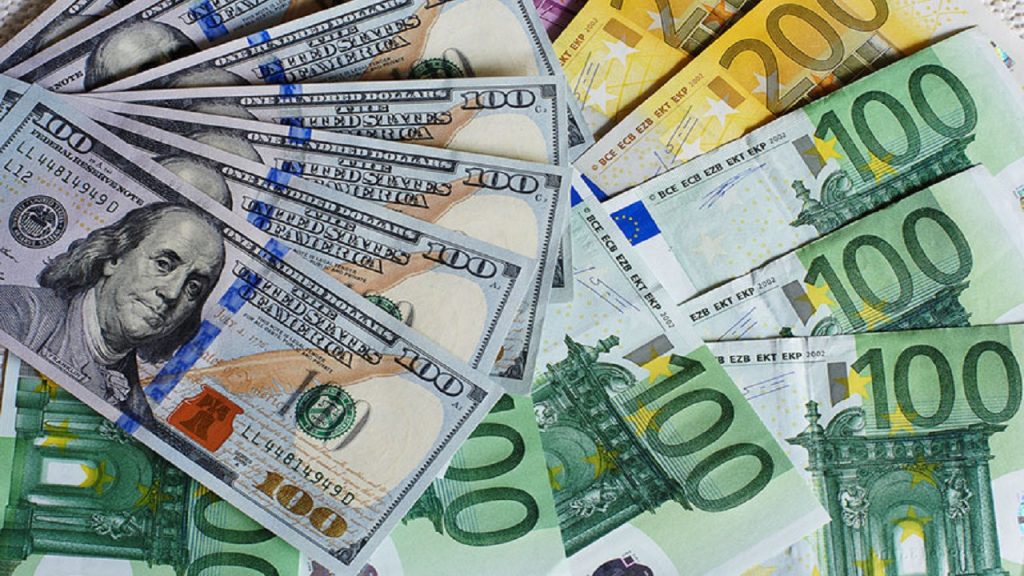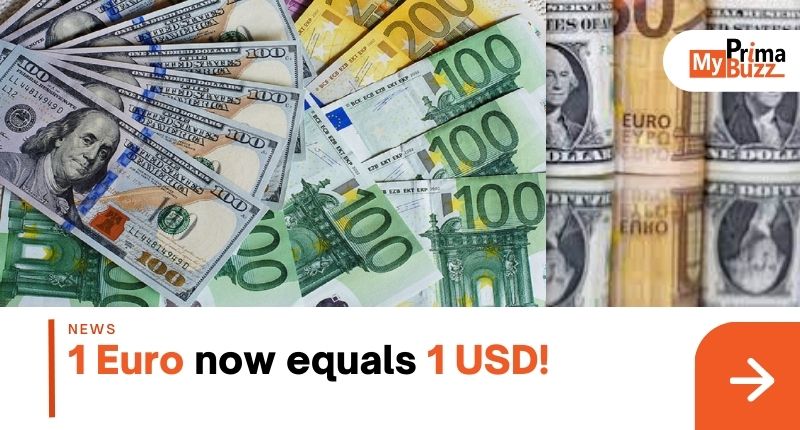The euro was first launched in a non-physical form in 1999. Several years later, European took over USD and became the largest currency in the world.
As the US Federal Reserve hikes the interest rate, the US dollar continued to strengthen and now both currencies stand at par.
Energy crisis sinks Euro deeper

Russia shut down the natural gas pipeline into Germany. This triggers the energy crisis in Europe, which sinks Euro deeper. Furthermore, the European countries collect higher and higher tax rates and this further reduces the growth of the European economy.
In addition, the COVID-19 pandemic causes many businesses in Europe to take a huge hit. The European Central Bank is also slow in reacting to the raising of the interest rate by the US Federal Reserve.
The European Central Bank raises the interest rate for the first time in 11 years to combat inflation this week, while the US Federal Reserve has hiked the interest rate by 75 basis points consecutively.
Weaker Euro is good for export
The fall of Euro means that European goods are now cheaper and more competitive in the market. As the US Dollar is becoming stronger, the dip in Euro is good for European manufacturers who sell in America.
On the flip side, the weaker euro is bad for those who earn wages in euros and those who import into the eurozone, as the costs of imports are becoming higher.
French President Macron said that Russia is using energy as a weapon of war. However, the oil competition has pushed countries like Venezuela closer to the west, which means that Europe’s search for a new source of energy may be met by Iran and Venezuela.

